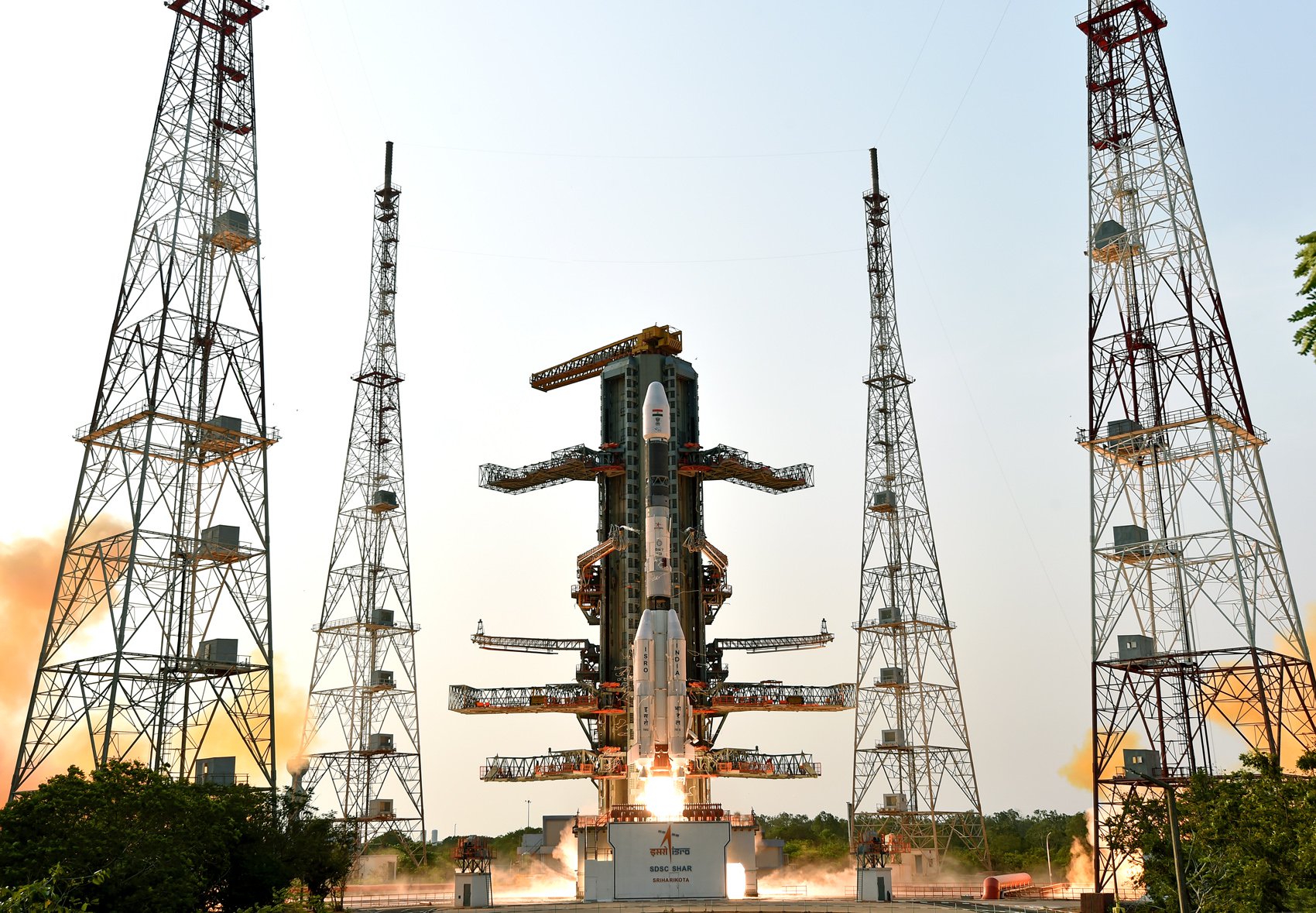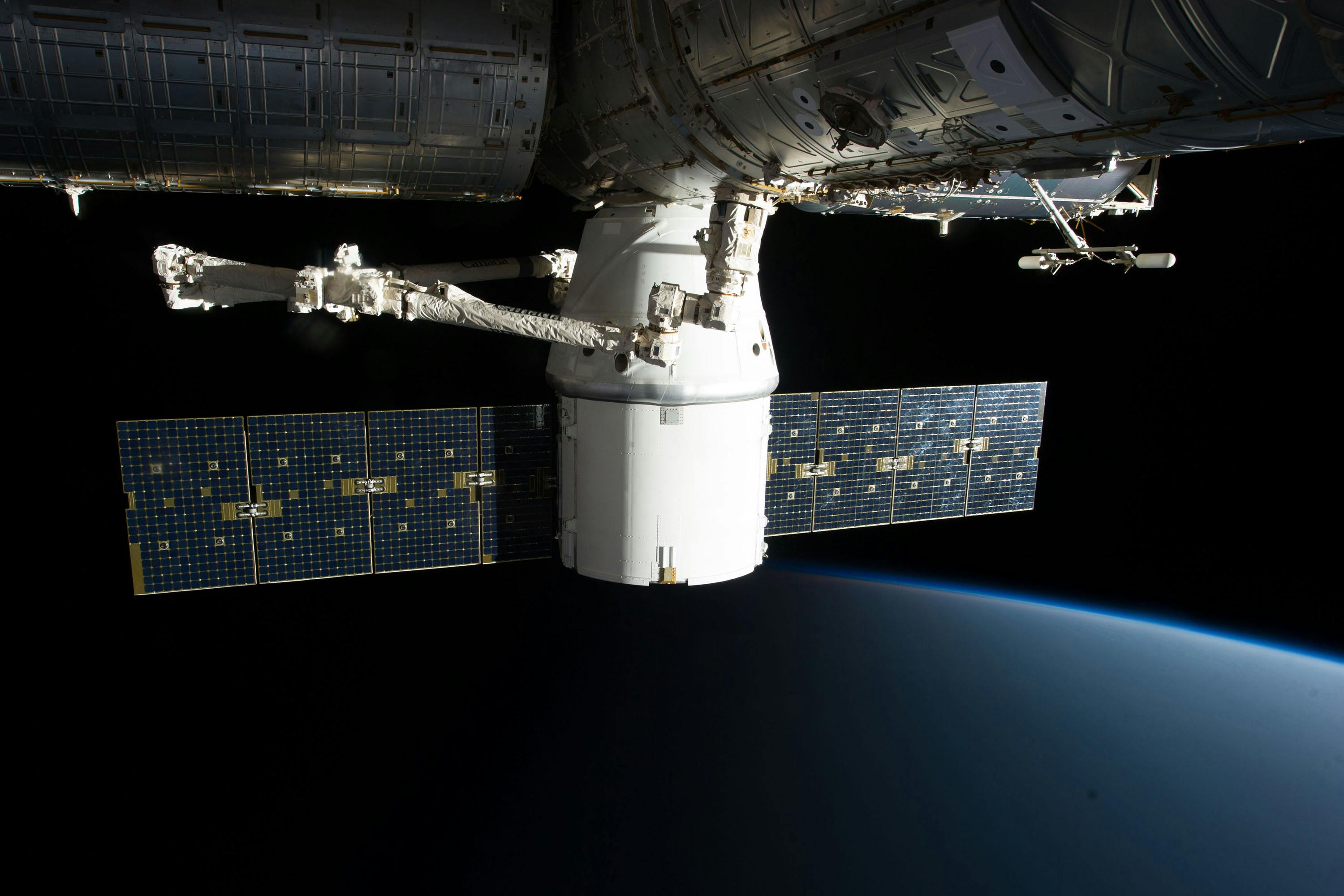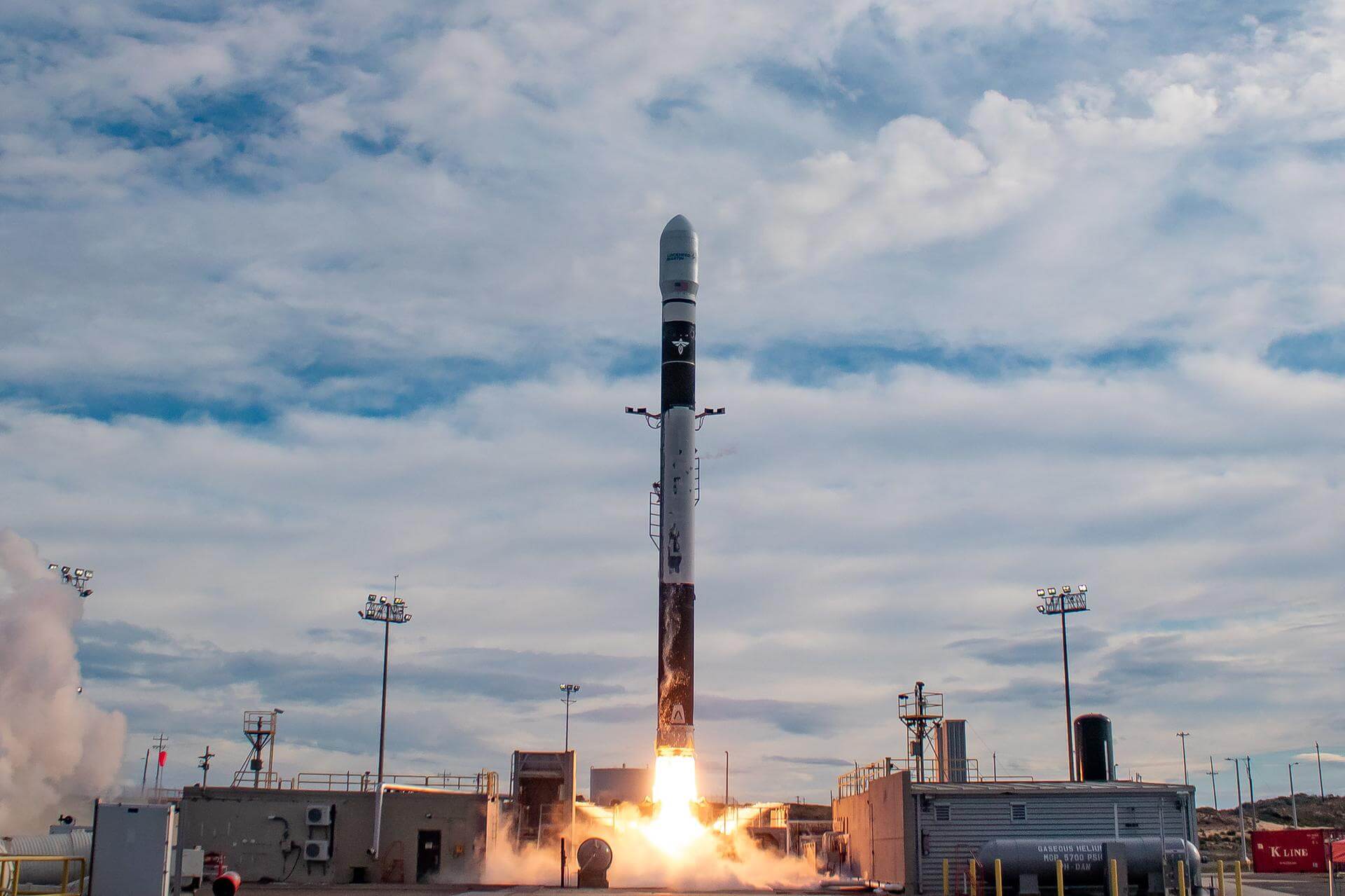· space brief · 4 min read
Space Brief 14 Mar 2025
Today’s highlights include new defense initiatives in the U.S., potential strategic shifts in Europe, and the establishment of council to counter security threats.

📄Top Stories
In today’s briefing, the Pentagon confirms significant structural changes with the disbandment of key strategic analysis offices, while the FCC establishes a national security council to address international threats. Defense considerations in Europe intensify with discussions in Poland concerning nuclear options, and Baltic leaders express concerns over Russian military postures amid ongoing ceasefire negotiations.
📰Detailed Coverage
Pentagon Disbands Strategic Analysis Office
The Pentagon, under the direction of Defense Secretary Pete Hegseth, announced the disestablishment of the Office of Net Assessment. This decision, made through a March 13 memo, entails the reassignment of the Office’s personnel and the termination of associated contracts. The Office of Net Assessment has historically provided in-depth strategic analysis, which raises questions about future operations.
This move could signify a shift in how the U.S. military intends to collect and evaluate strategic intelligence, potentially impacting future defense-related space operations. Satellite tracking and analysis tools can help fill knowledge gaps left by the closure.
Read the full story: Breaking Defense
FCC Countermeasures Against Foreign Threats
The Federal Communications Commission (FCC) has launched a National Security Council tasked with countering threats, especially from China. The initiative underlines the importance of safeguarding national telecommunications infrastructure as geopolitical tensions rise.
FCC Chair Brendan Carr emphasized the criticality of this vigilance in protecting American interests. As satellite communications are part of this infrastructure, maintaining secure and reliable satellite operations becomes even more pertinent.
Read the full story: Breaking Defense
Poland Considers Nuclear Options for Defense
Facing heightened security concerns, Poland is discussing potential nuclear capabilities as a deterrent against regional threats. Logistics and political hurdles pose significant challenges to this strategic shift, reflecting their historical security concerns shared by allies.
These discussions contribute to the broader defense landscape in Europe, underscoring the importance of strategic satellite deployments for surveillance and deterrence in the region.
Read the full story: Breaking Defense
Baltic Concerns Over Russian Military Strength
As ceasefire negotiations progress, Baltic defense leaders voice their worries regarding Russia’s battle-hardened military forces. The potential redeployment of experienced troops highlights the strategic instability in the region and the need for sustained western defenses.
This development stresses the utility of regional satellite monitoring systems to provide insights into troop movements and military readiness, highlighting the role of advanced tracking systems.
Read the full story: Breaking Defense
Efficiency vs. Standards in Defense Contracting
Julia Gledhill argues that recent efforts to streamline security contracting should not compromise essential standards. Her concern is the potential for increased waste following the removal of Cost Accounting Standards, which could impact defense budget allocations, including those for space initiatives.
The balance between efficiency and accountability remains crucial for sustainable defense spending, including the development and maintenance of vital space assets.
Read the full story: Breaking Defense
🛰️Satellite Spotlight
- Satellite Name: TIANLIAN 1-05
- NORAD ID: 49011
- Launch Date: 2021 Jul 6
- Mission: Communication
- Orbit: Inclination 0.407°, Period 24 hours, Eccentricity 0.0003568
- Operator: CAST
- Fun Fact: TIANLIAN 1-05 is part of China’s next-generation relay satellites designed to enhance tracking and data relay capabilities for various missions.
Current TLE Data:
1 49011U 21063A 25072.92162847 .00000100 00000+0 00000+0 0 9991
2 49011 0.4070 79.9662 0003568 236.8570 203.4986 1.00272446 13462
Track this satellite in real-time on our web app: Track TIANLIAN 1-05
🚀Upcoming Space Launches
March 14
- SpaceX Falcon 9:
- Crew-10 from Kennedy Space Center (23:03 UTC) SpaceX Crew-10 is the tenth crewed operational flight of a Crew Dragon spacecraft to the International Space Station as part of NASA’s Commercial Crew Program.
March 15
- Rocket Lab Electron:
- The Lightning God Reigns (iQPS Launch 1) from Rocket Lab Launch Complex 1, Mahia Peninsula, New Zealand (00:00–02:00 UTC) Synthetic aperture radar Earth observation satellite for Japanese Earth imaging company iQPS.
- Long March 2D:
- Unknown Payload from Jiuquan Satellite Launch Center, People’s Republic of China (04:03–04:26 UTC)
- SpaceX Falcon 9:
- Transporter 13 (Dedicated SSO Rideshare) from Vandenberg SFB, CA, USA (06:39–06:56 UTC) Dedicated rideshare flight to a sun-synchronous orbit with dozens of small microsatellites and nanosatellites for commercial and government customers.
- SpaceX Falcon 9:
- Starlink Group 12-16 from Cape Canaveral SFS, FL, USA (10:28–14:59 UTC) A batch of 23 satellites for the Starlink mega-constellation - SpaceX’s project for space-based Internet communication system.
- Khrunichev State Research and Production Space Center Angara 1.2:
- Kosmos (Unknown Payload) from Plesetsk Cosmodrome, Russian Federation (10:30–11:30 UTC)
- Firefly Aerospace Firefly Alpha:
- FLTA006 (Message in a Booster) from Vandenberg SFB, CA, USA (13:25–14:17 UTC) Sixth flight of the Firefly Alpha small satellite launcher, launching the demonstration mission for Lockheed Martin’s new LM400 satellite bus.
March 17
- Galactic Energy Ceres-1:
- Unknown Payload from Jiuquan Satellite Launch Center, People’s Republic of China (07:59–08:46 UTC)
March 18
- Rocket Lab Electron:
- High Five (Kinéis 21-25) from Rocket Lab Launch Complex 1, Mahia Peninsula, New Zealand (01:31 UTC) Last of five batches of five satellites for the French Kinéis IoT constellation.
- SpaceX Falcon 9:
- Starlink Group 12-25 from Cape Canaveral SFS, FL, USA (18:09–22:40 UTC) A batch of satellites for the Starlink mega-constellation - SpaceX’s project for space-based Internet communication system.
Note: Launch dates and times are subject to change due to technical or weather considerations.

Maurice Stellarski





